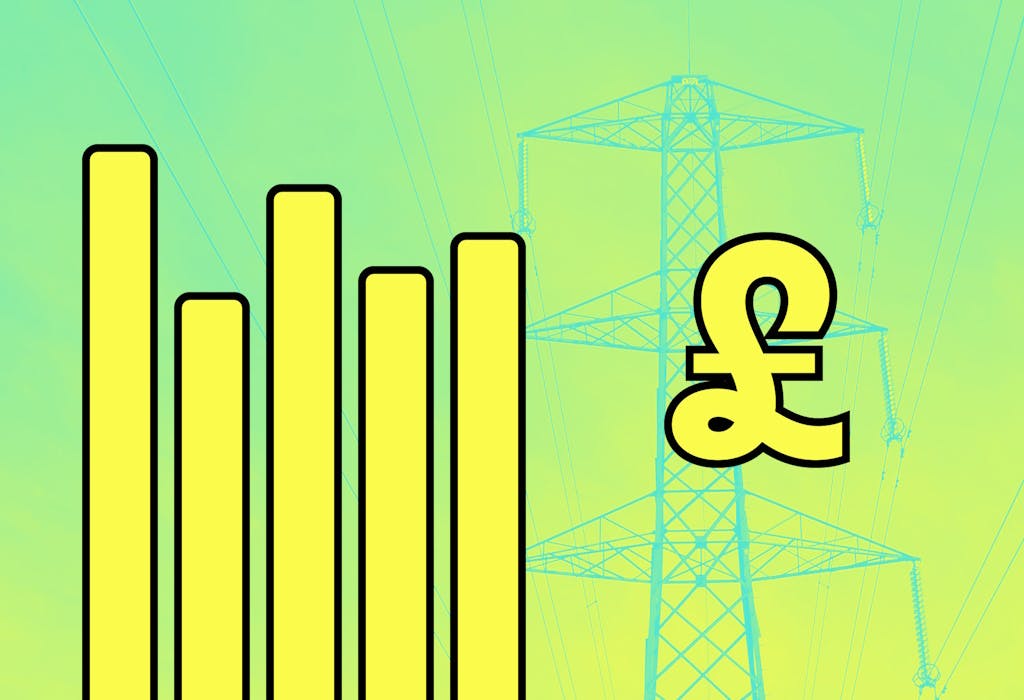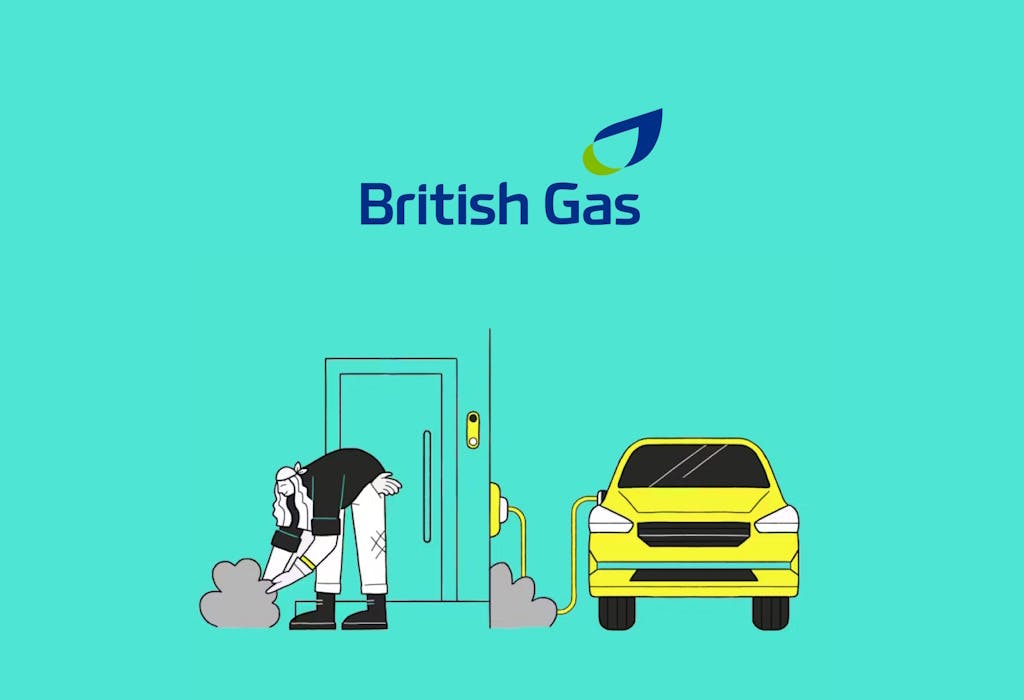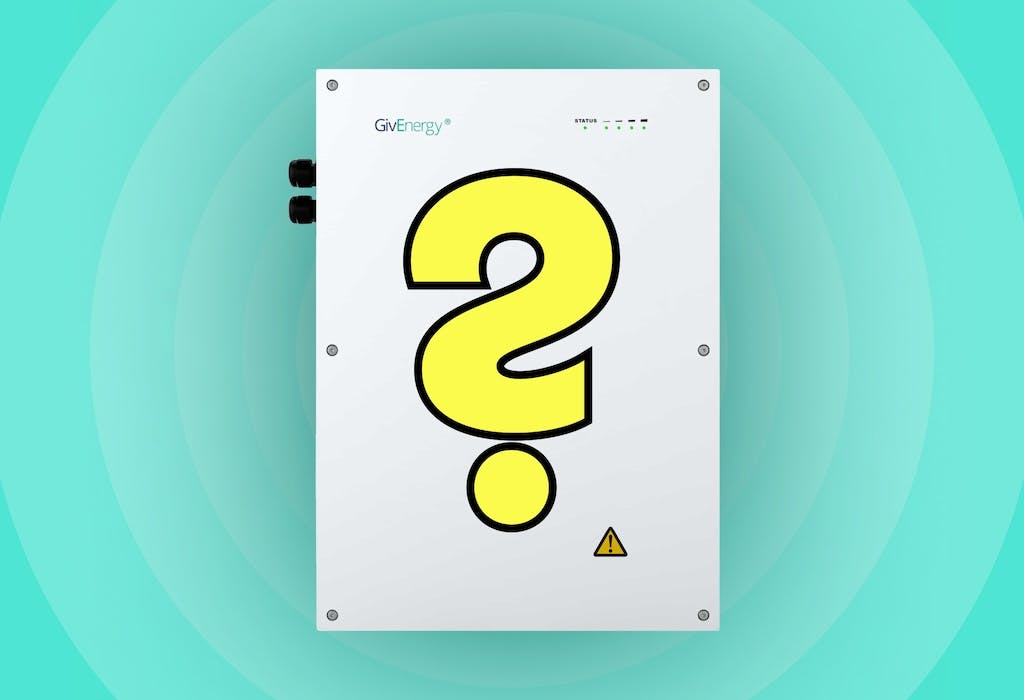- Solar advice hub
- Exporting-to-the-grid
- E.ON Next Drive: is it worth it?
E.ON Next Drive: is it worth it?
Here's how E.ON Next Drive works, which homes are eligible, how much you can save, and whether it’s worth it.


Why you can trust our content
We know that the solar industry is full of misinformation, but we only use reliable sources, including:
- Our experienced solar experts, installers and system designers
- Our own database of solar & battery system designs
- Authoritative bodies like MCS and the UK government



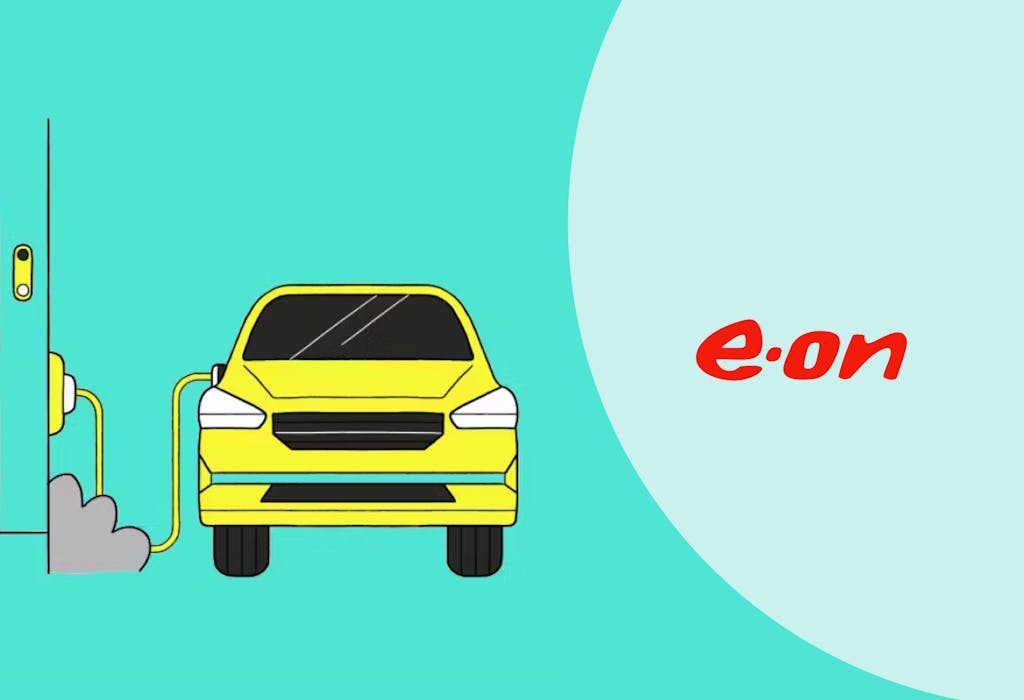
Calculate savings
What kind of home do you live in?
Calculate savings
What kind of home do you live in?
E.ON Next Drive: at a glance
A whole host of energy suppliers are now offering low off-peak rates to attract electric vehicle drivers.
E.ON Next Drive was one of the first to join this trend, and now provides six daily hours of cheap electricity for just 7.5p per kWh.
In this guide, we’ll explain how E.ON Next Drive works, which homes are eligible, how much you can save, and whether it’s ultimately worth it.
And if you’re wondering how much you could save with a solar & battery system, enter a few details below and we’ll provide an estimate.
Find out how much you can save
What kind of home do you live in?
What is E.ON Next Drive?
E.ON Next Drive is a time-of-use import tariff that any household can access, as long as they have an electric vehicle and a way of charging it at home.
From 12am to 6am every day, you can charge or power anything in your home for just 7.5p per kilowatt-hour (kWh), wherever you are in the country.
At any other time, you’ll pay around 28.64p per kWh. This is higher than the July 2025 price cap, though the exact amount will differ depending on your household’s location.
You can massively cut your bills by charging your EV during the off-peak period, and if you move a large amount of your household's other electricity consumption to this time, you can save even more.
E.ON Next Drive is one of a new generation of innovative import tariffs, created to meet the increasing demand for electric cars across the UK.
Before this wave of new options, the best way to save money with import tariffs was either to get on an Economy 7 rate or shop around for the best fixed tariff.
The current edition of this tariff is E.ON Next Drive Fixed V10.
As it’s an import tariff, households with solar panels should combine it with an export tariff to make the most of their system – more on that below.
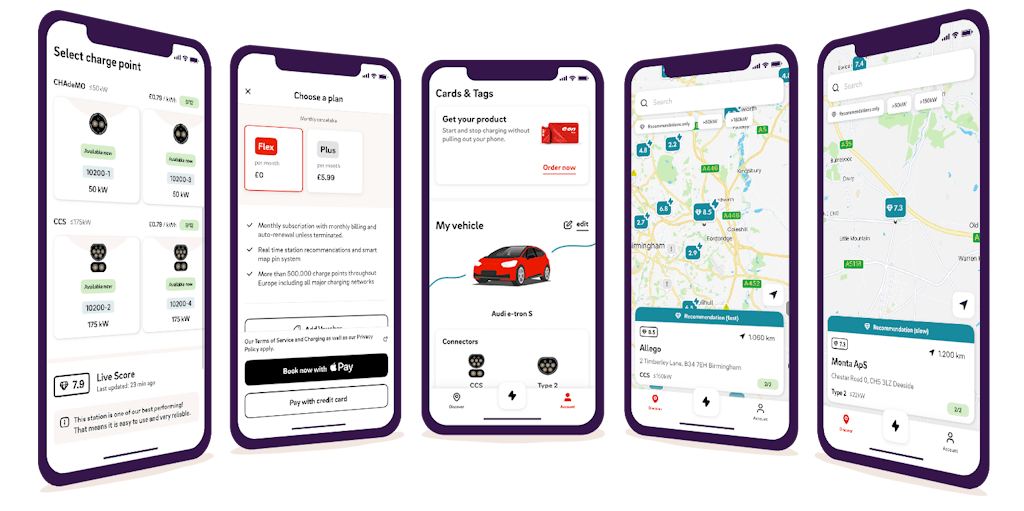
How does it work?
Households with an electric car can sign up to E.ON Next Drive.
During the off-peak period from 12am to 6am, any electricity you use at home will cost 7.5p per kWh. The rest of the time, you’ll pay the peak rate.
All your usage will be tracked by your smart meter, which is how E.ON is able to accurately charge you.
You can take full advantage of the tariff by scheduling your EV to charge during the off-peak period.
Most drivers will be able to do this through the E.ON Next Home app’s Car Connect feature, but some will need to download a separate app made by their EV’s manufacturer.
Either way, you should be able to decide when your car will start and finish charging, and how charged you want its battery to be.
If you have a storage battery, you can save even more money by filling your battery with off-peak electricity, using it to power your home during the day, and exporting most of your solar-generated electricity.
100% renewable electricity?
The electricity provided to your home will come from the grid, meaning it’ll be 51% renewable, on average – but E.ON has said that on Next Drive, “you’re using 100% renewable electricity.”
E.ON bridges the gap between these two statements by purchasing Renewable Energy Guarantees of Origin (REGO) certificates.
These certificates are part of a scheme administered by Ofgem which allows suppliers to buy electricity from renewable sources. Each one equates to a megawatt hour (MWh).
E.ON buys a REGO each time its customers collectively use a MWh of grid electricity, to offset the emissions they’ve caused.
In E.ON’s own words, this means “for every single watt of power an E.ON Next fixed tariff customer takes out of the grid, an equal amount has been put in from renewable sources.” "Where does my electricity come from?", E.ON Next, accessed 2025
Eligibility requirements for E.ON Next Drive
To qualify for E.ON Next Drive, you need to have a smart meter and pay for your electricity by monthly direct debit.
You also need to have an electric vehicle and EV charger.
You don’t need to own any particular brand of charger to sign up for the tariff – as long as you’re able to charge your car at home, you can sign up.
If you don’t have a smart meter yet, your energy supplier is legally obliged to install one for free, if you request it.
E.ON Next Drive rates
| Rate | Off-peak (12am-6am) | Peak (all other times) | Standing charge |
|---|---|---|---|
| 7.5p / kWh | 28.64p / kWh | 60p / day |
From 12am to 6am every day, you’ll pay 7.5p for each kWh of electricity you import from the grid on E.ON Next Drive.
This means that every week, you’ll have 36 hours of off-peak electricity you can use to power your EV, as well as the rest of your household.
You can take full advantage of the tariff by scheduling your high-consumption appliances – like your washing machine, tumble dryer, and dishwasher – to turn on during these periods of cheaper electricity.
And if you have a storage battery, you can charge it too, then use that cheap electricity to power your household for less.
The rest of the time – from 6am to 12am – you’ll pay the tariff’s peak rate for any grid electricity you use.
As of July 2025, this rate is around 28.64p per kWh, though the exact amount will depend on your location. In Birmingham, for example, it drops to 27.76p per kWh.
As with (almost) every other import tariff, you’ll also pay a standing charge. This used to also change based on location, but E.ON appears to have set a nationwide 60p per day rate, regardless of where you live.
How much can you save with E.ON Next Drive?
You can save hundreds of pounds per year with E.ON Next Drive.
All you need to do is make the most of the tariff by shifting as much of your consumption to the off-peak period as possible.
Let’s run through how you can maximise your savings in a couple of different scenarios.
With an EV
The average electric vehicle uses 2,118kWh of electricity per year, which is enough charge for it to keep going for 7,000 miles – the average distance a UK driver covers.
On the July 2025 price cap, this much electricity would cost £732 if you charged your EV at home, when you include the standing charge.
However, if you exclusively charge your car on E.ON Next Drive’s off-peak rate, you’ll spend just £378 per year – which is a £355 saving.
And unless you drive hundreds of miles every day, charging on just this cheaper rate should be fully achievable.
Homes with a standard 7kW EV charger – also known as a ‘fast’ charger – can draw 36kWh of charge from the grid in E.ON Next Drive’s six off-peak hours.
This is enough to charge 51% of the average EV’s battery, which has a usable capacity of around 70.8kWh – and that should power your car for about 119 miles before it needs to recharge.
This means the average driver won’t have to charge their EV every day. In fact, once every six days should be sufficient.
And if you need a full battery for a long journey, just schedule your EV to charge up two nights in a row.
If you don’t have a charger and you plan to simply plug into a standard three-pin socket, you’ll charge about three times as slowly, and need to use E.ON Next Drive’s off-peak rate around three times per week.
You can also add to your savings by scheduling your high-usage products, like your washing machine, to run during the off-peak period.
With a storage battery
You need an EV to qualify for this tariff – but if you also have a storage battery, you can benefit even more.
Households with an EV and a solar & battery system can save £1,395 per year on E.ON Next Drive, on average.
That includes the £355 of EV charging savings we laid out above, and a further £1,040 of savings gained by charging up your battery on the off-peak rate and exporting 65% of your solar-generated electricity.
This is based on a household with average UK irradiance, a 4.6kWp solar panel system, and a 5.2kWh battery, that uses 3,400kWh per year (which is the UK average ), and is compared to a home on the July 2025 price cap with no solar installation.
All you need to do is set your battery to charge up during the off-peak period every night, then use that low-cost electricity to run your household for most of the day.
If you have a 5.2kWh battery (or even a 10kWh battery), you should be able to fully charge it in this off-peak window.
While you're running your household on this cheap supply, you can earn £377 per year by selling your extra solar electricity to the grid through E.ON Next Export Exclusive. It pays you 16.5p per kWh, making it one of the best solar export tariffs around.
The other £663 worth of savings comes from being able to fill your battery with low-cost, off-peak electricity, then use it in your home.
If you’re wondering how much you could save with a solar & battery system, enter a few details below and we’ll provide an estimate.
Find out how much you can save
What kind of home do you live in?
How can you sign up for E.ON Next Drive?
You can start the sign-up process for E.ON Next Drive by getting a quote online.
Then as long as you have a smart meter and EV, you just have to provide your basic details – like your home address, how long you’ve lived there, and your phone number – and set up your direct debit.
Pick your tariff start date, accept the terms and conditions, and you’ll be good to go.
E.ON will then start the process of connecting to your smart meter. During this time, you’ll be moved onto Next Flex, which is the supplier’s standard variable import tariff.
How long does it take?
If you already import your electricity from E.ON, the switch should take up to five days, since that’s how long the supplier usually takes to connect to your smart meter.
It’ll take a bit longer if you’re moving from a different energy provider, but the companies involved should still complete the switch in three weeks at most.
This time limit is due to the Energy Switch Guarantee, which is a list of standards created by trade body Energy UK that all major suppliers have signed up to follow.
Is E.ON Next Drive worth it?
E.ON Next Drive is definitely worth it – but there are probably better options out there.
At six hours, it’s one of the longest overnight off-peak rates on the market, which gives you loads of time to charge your EV and storage battery, run your dishwasher, and put on a load of laundry.
Its 7.5p per kWh rate is also competitive when compared to the alternatives.
There are several other EV tariffs with low off-peak rates, including Fuse Energy Smart EV (5p per kWh), Good Energy EV Charge (6.6p per kWh), and British Gas Electric Driver (7.9p per kWh).
None of these rates last as long as E.ON's, but they're all better for your wallet – even Electric Driver, which comes with a better peak rate and standing charge.
Another superior option is Intelligent Octopus Go, which comes with a 7p per kWh rate for six hours, and sometimes allows you to use the off-peak rate at other times.
E.ON Next Drive is a solid option for EV drivers that will allow you to save hundreds of pounds per year, but there are multiple better tariffs available.
If you’re wondering how much you could save with a solar & battery system, enter a few details below and we’ll provide an estimate.
Find out how much you can save
What kind of home do you live in?
FAQs
Related articles

Written byJosh Jackman
Josh has written about the rapid rise of home solar for the past six years. His data-driven work has been featured in United Nations and World Health Organisation documents, as well as publications including The Eco Experts, Financial Times, The Independent, The Telegraph, The Times, and The Sun. Josh has also been interviewed as a renewables expert on BBC One’s Rip-Off Britain, ITV1’s Tonight show, and BBC Radio 4 and 5.
